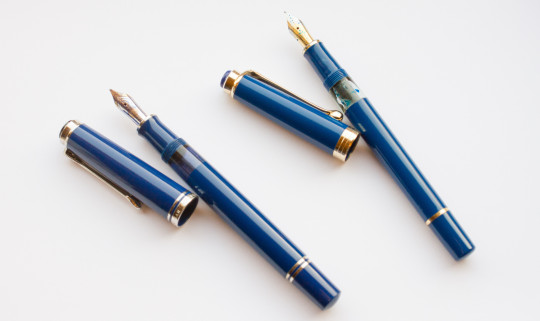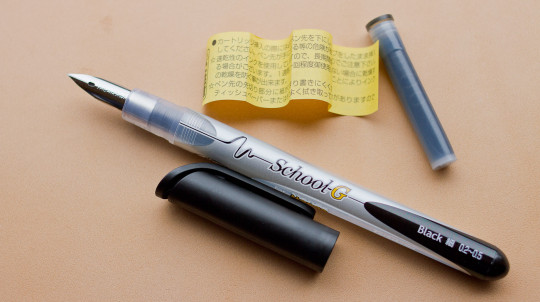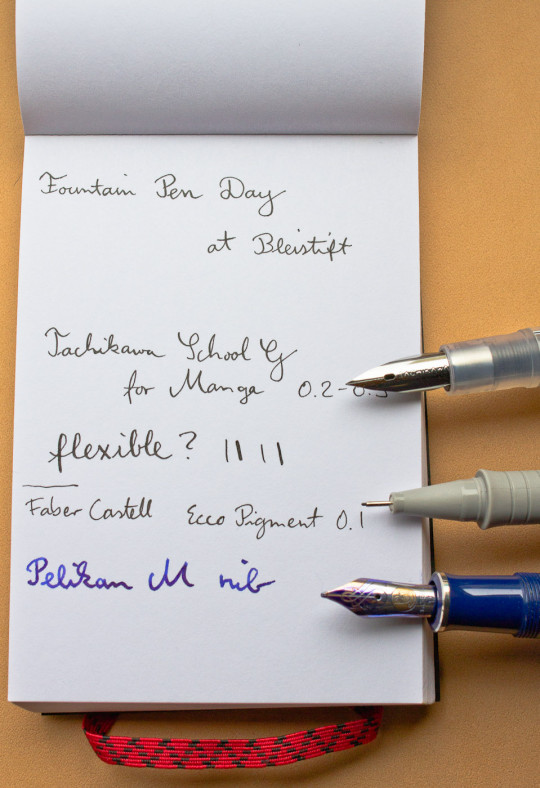Tactile Turn Gist
I’m interested in the Tactile Turn Gist, but am not sure yet whether I should back this project on Kickstarter. I probably will, but I am also not sure which combination to pick. So much choice. I had a few questions I tried to answer by searching on the web and thought what I found might also be interesting for others, too.
The nib
The Campaign page states these are Bock #6 nibs. I have heard of them, but have never used them, so my first question was: how do they perform, especially: are they springy? I prefer springy nibs to stiff nibs.
#6 seems to refer to the fact that the nib feed has a diameter of 6mm. If you want to know more about Bock: The Southern Scribe wrote about a visit to the Bock factory.
According to Peter Unbehauen’s video a Bock titanium nib seems to be more flexible than than a Bock gold nib, which again is more flexible than a Bock steel nib, which seems quite stiff. The nibs used for the Gist might be different, but this might give you an initial idea about the nibs. I am sure The Pen Addict talked about the nibs in the podcast, espeiclaly the Titanium one, but but I don’t remember the details, just that it is a different writing experience and podcasts aren’t easily searchable. If I have more time I will check again.
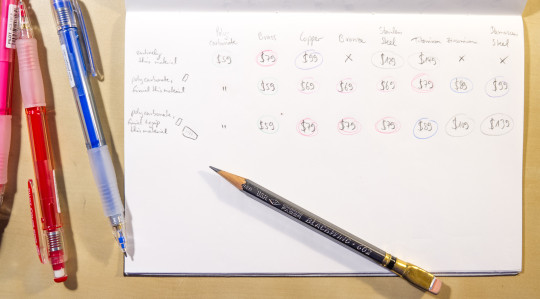
The materials
Polycarbonate
According to the Campaign page polycarbonate is like Makrolon, the material used for the Lamy 2000. I guess the Gist will feel different to the Lamy 2000 because of the different surface, but it makes me think that the pen, if ordered in this material will be very durable. Nice.
Brass
Brass sharpeners have more or less disappeared, partly because brass often contains lead to make the material easier to work with, but new regulations in many parts of the world want to ban lead or put warning labels on these products because of possible health effects. Lead free brass is available, but usually comes with a higher price tag. 360 Brass, as used for the Gist, seems to contain lead which makes me think whether I should pick another material if I back this Kickstarter.
Copper
Lead also seems to be common in many copper alloys. I haven’t yet figured out what 145 Copper is and whether it contains lead. I will need to find the time to find out more and expand this blog post.
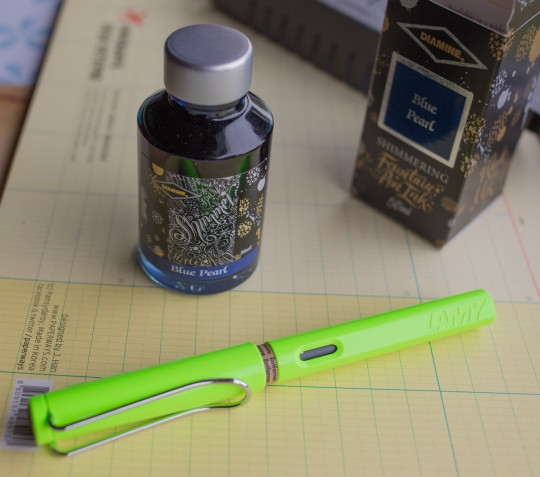


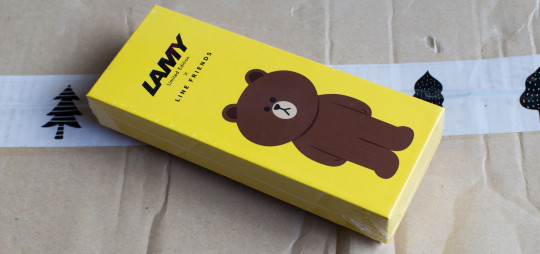
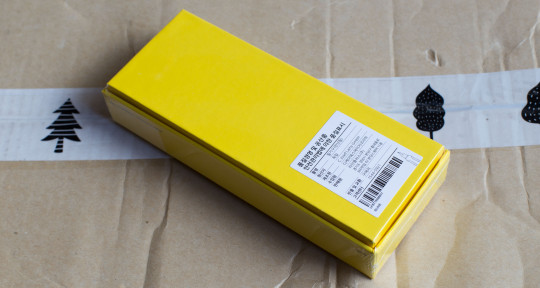
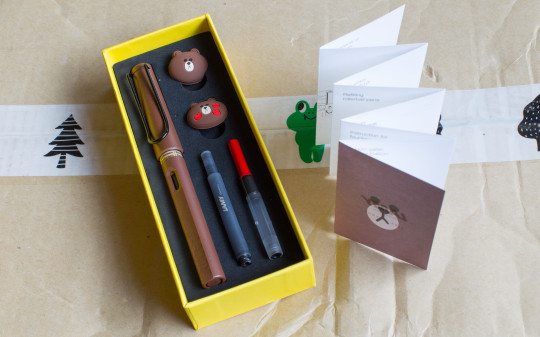

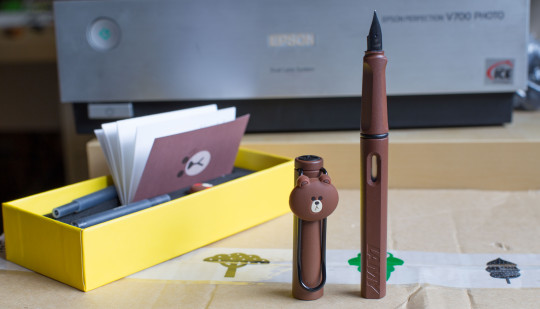

 I didn’t realise that it is a Pelikan copy. I also ordered the wrong nib by mistake. I guess that’s what’s happening if you order late at night.
I didn’t realise that it is a Pelikan copy. I also ordered the wrong nib by mistake. I guess that’s what’s happening if you order late at night.